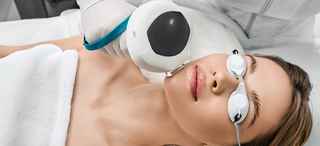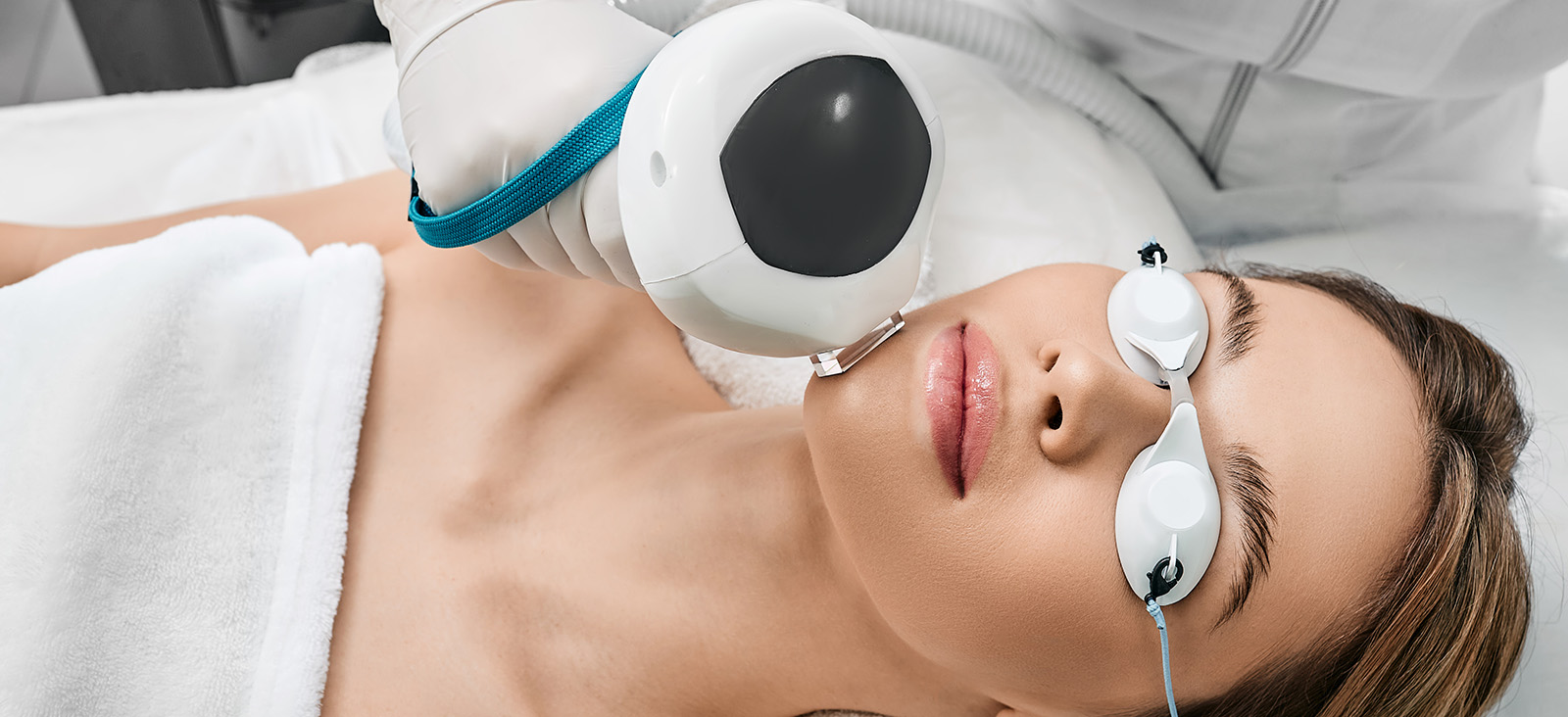What Should Patients Expect with an IPL Photofacial?
IPL Duration and Frequency
IPL treatments are typically performed as outpatient procedures and can last between 15 to 30 minutes, depending on the size of the treatment area. A series of five to six sessions is usually recommended, spaced about two to four weeks apart, to achieve optimal results.
Maintenance treatments may be required once or twice a year to maintain the desired results.
IPL Photofacial Procedure
Before the procedure, patients should avoid sun exposure, tanning, and certain skincare products that can make skin more sensitive.
On the day of the treatment, a topical anesthetic may be applied to numb the treatment area. The patient wears protective eyewear. A cold gel is applied to the skin.
The IPL device will then deliver pulses of light to the targeted areas. This may cause a slight stinging sensation similar to a rubber band snapping against the skin.
IPL Photofacial Recovery
Recovery from IPL is minimal. Some patients may experience redness and slight swelling immediately after the treatment. This typically only lasts a few hours. Pigmented areas may darken initially before they flake off over the next few days.
During recovery, it’s crucial to avoid sun exposure and use sunscreen with an SPF of at least 30. This is vital to protecting the skin. Most patients can return to their normal activities, including work, on the same day.
IPL Photofacial Side Effects
While IPL is generally safe, some side effects may include:
- Redness and swelling
- Temporary darkening of pigmented spots
- Mild pain or stinging during the procedure
- Rarely, blistering or scarring
If a patient experiences any severe side effects or signs of infection, they should contact their dermatologist immediately.




